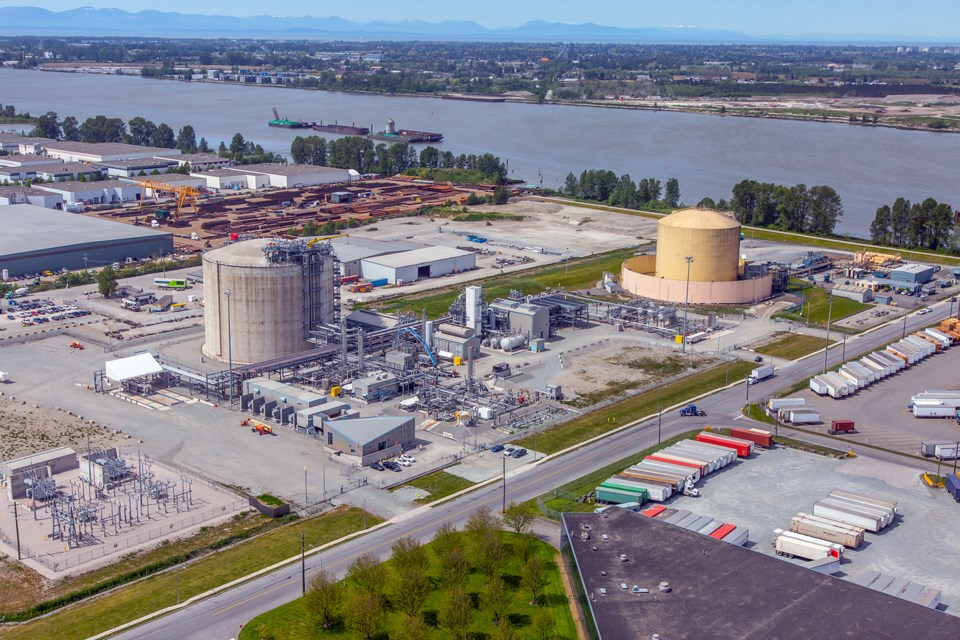Editor:
The Tilbury liquefied natural gas (LNG) facility in Delta has been a key part of the community and of B.C.’s energy system for 50 years, providing gas to our customers in the winter when they need it most. As the needs of our customers have evolved, so has our facility and we now provide LNG to fuel local ferries and to power industries overseas. As our society transitions to lower-carbon energy, FortisBC is reimagining what the future could look like for Tilbury.
Our proposed expansion at Tilbury includes replacing our original storage tank with a new, larger tank to ensure our customers have the energy they rely on into the future. We are also proposing to increase our capacity to serve customers switching from coal or diesel to cleaner fuels like LNG.
Our project is early in an environmental assessment process managed by the BC Environmental Assessment Office and Impact Assessment Agency of Canada that will involve regular opportunities for community feedback. We look forward to hearing from you. In response to some recent letters to the editor in the Delta Optimist I would like to share a few facts that the community should know about our project.
LNG is made from the same natural gas we use in our homes every day. When we convert natural gas to its liquid state, it is not flammable or explosive. This makes LNG one of the safest forms of energy.
LNG facilities in Canada are subject to multiple domestic and international standards to ensure the public and our workers are safe. Tilbury has been operating safely for 50 years and as safety standards have changed, the facility has been upgraded to meet them. It is false to say that Tilbury was not built to international safety standards.
Our proposal would increase Tilbury’s storage capacity approximately two-and-a-half times to help ensure we can supply energy to our customers during a gas shortage, like the one we experienced in 2018 where we asked customers to reduce their gas use. It is false to say the new tank would be seven times the size of our existing capacity.
Finally, I’d like to talk about the opportunities our project presents. Tilbury has the advantage of being powered by hydroelectricity, which results in a 30 per cent emissions reduction compared to other LNG facilities. LNG can help reduce global greenhouse gas emissions and local air pollution when it replaces fuels like coal or diesel. Our initial estimate is that LNG from our project could reduce greenhouse gas emissions equivalent to removing about half the cars in B.C. off the road each year by replacing fuels such as diesel or coal.
This expansion represents an up to $3.5 billion investment to support B.C.’s economic recovery. This investment could provide about $300 million for local government, and about $280 million for federal and provincial governments in annual tax revenue during project operations. We have already worked with more than 85 Delta businesses on our expansion of Tilbury and we will continue to prioritize Indigenous and local hiring whenever possible.
Tilbury has been part of the community for 50 years and we look forward to continuing to talk to the community about this project. We would like to hear from you. Please visit our project webpage, talkingenergy.ca/tilburyphase2
Ian Finke,
Director of LNG Operations, FortisBC

